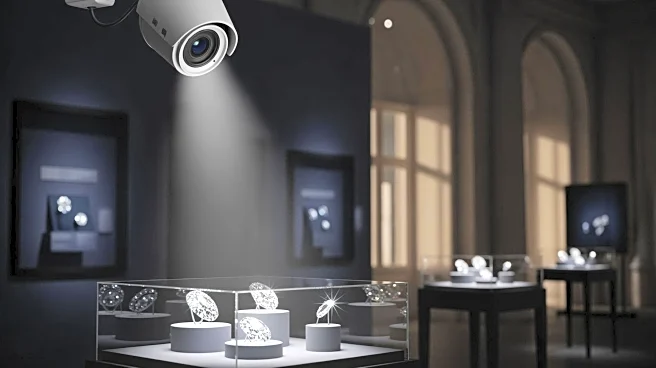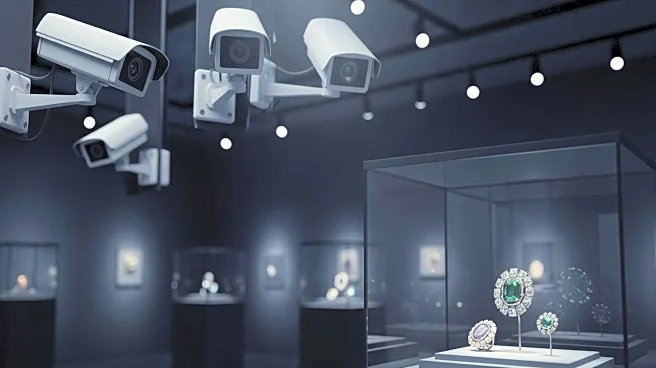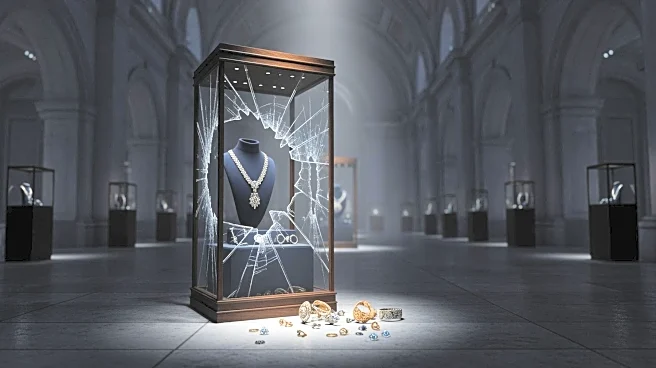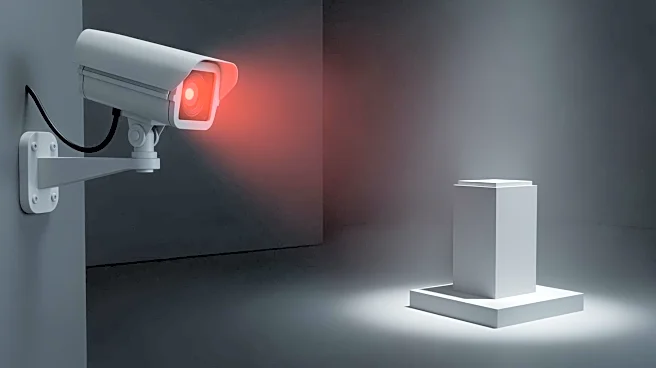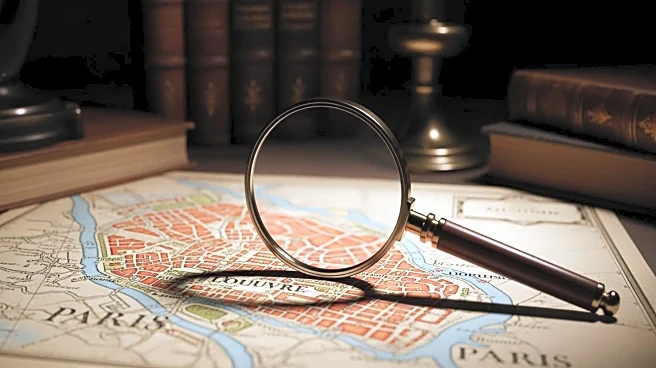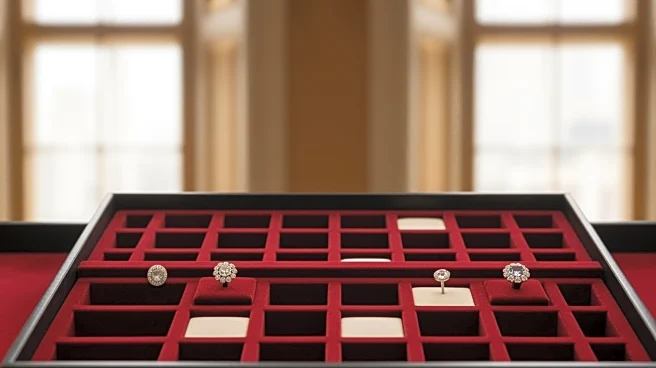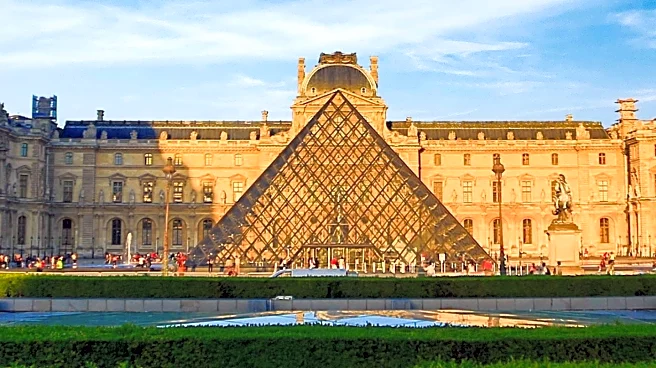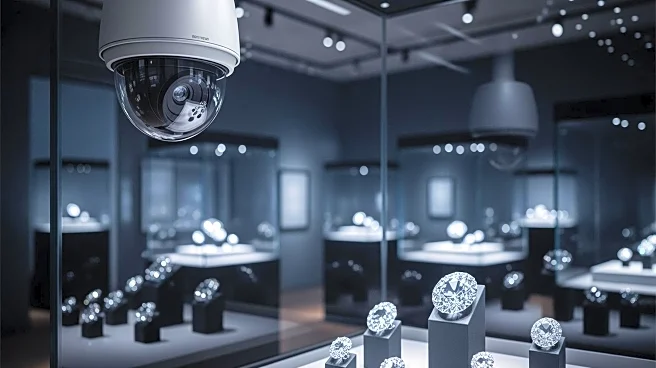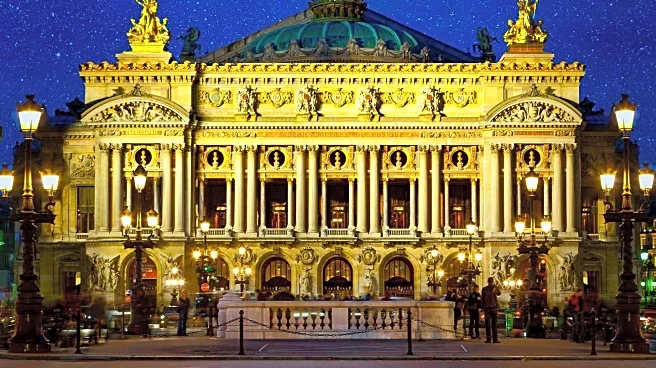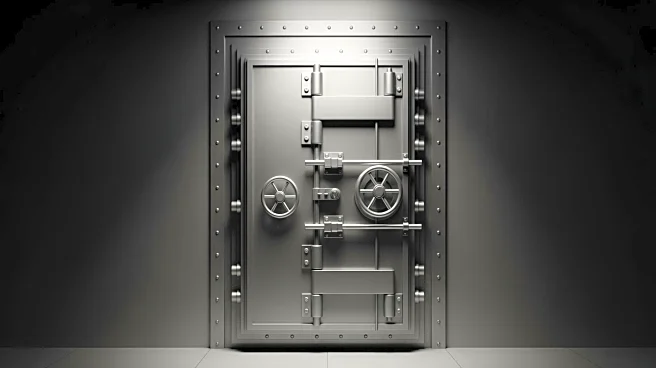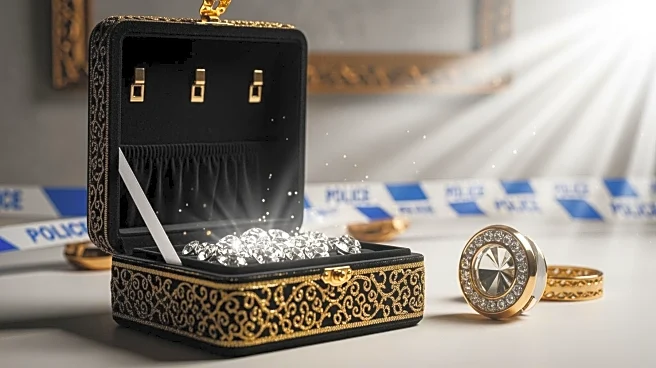What's Happening?
A daring theft at the Louvre Museum in Paris has left the art world and security experts reeling. On October 19, four masked thieves executed a meticulously planned heist, stealing eight priceless heritage
objects, including jewels worth approximately €88 million ($102 million). The thieves used a mechanized ladder to access the Apollo Gallery, targeting high-security display cases. The heist, which lasted only seven minutes, was captured on video, showing the thieves' escape. The incident has raised questions about the museum's security protocols, especially as it undergoes a multimillion-dollar renovation project.
Why It's Important?
The theft underscores significant vulnerabilities in museum security, particularly in high-profile institutions like the Louvre. The incident highlights the need for enhanced security measures, especially during renovation periods when security can be compromised. The heist also reflects a broader trend of professional gangs targeting European museums for valuable artifacts, often exploiting weaknesses in security systems. This event could prompt museums worldwide to reassess their security strategies, potentially leading to increased costs and changes in how valuable items are displayed and protected.
What's Next?
In response to the heist, the Louvre is implementing a new 'security master plan' as part of its ongoing renovation project. This plan includes the installation of new-generation surveillance cameras and enhanced perimeter detection systems. The museum's response will be closely watched by other institutions, as they may adopt similar measures to prevent future incidents. Additionally, law enforcement agencies may increase their focus on art theft, potentially leading to more stringent penalties for such crimes. The art community will be monitoring these developments to ensure the protection of cultural heritage.
Beyond the Headlines
The heist raises ethical and cultural concerns about the protection of cultural heritage and the responsibilities of institutions in safeguarding these treasures. It also highlights the challenges faced by museums in balancing public access with security. The incident may lead to a reevaluation of how museums display valuable items, possibly resulting in more restricted access or changes in exhibition practices. Furthermore, the theft could influence public perception of museum security, potentially affecting visitor numbers and trust in these institutions.
